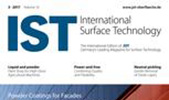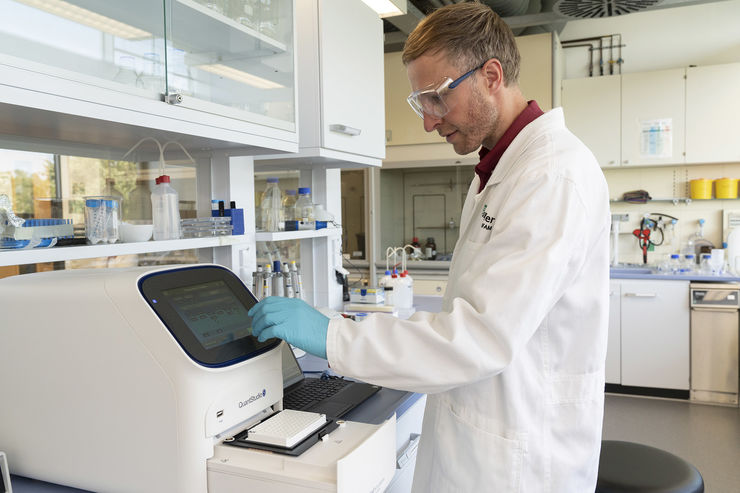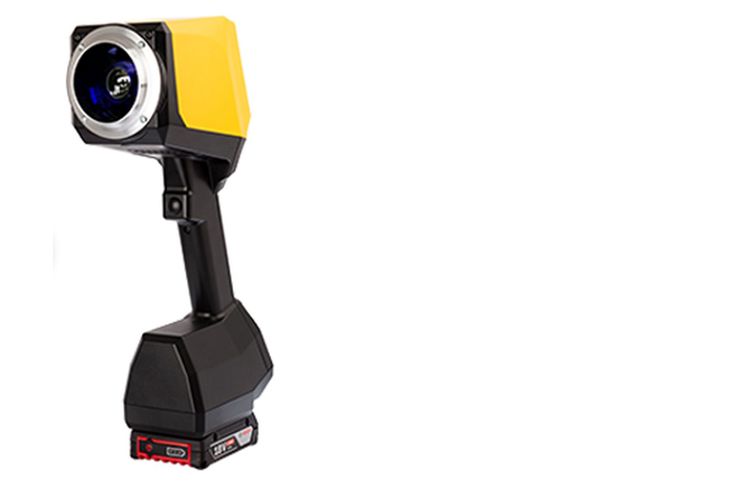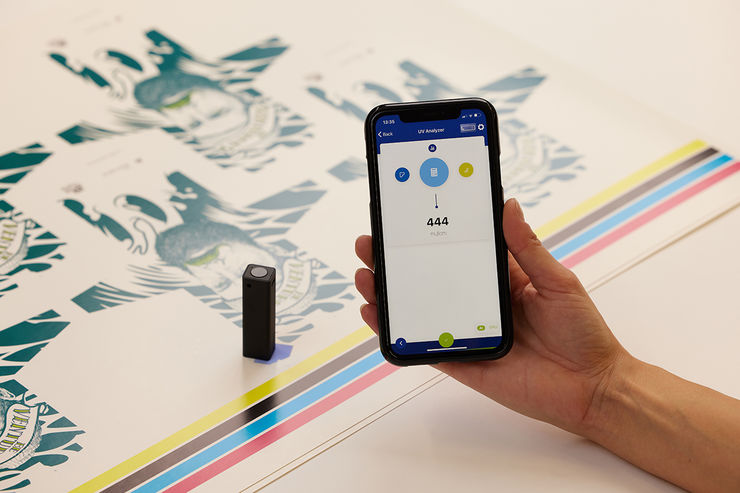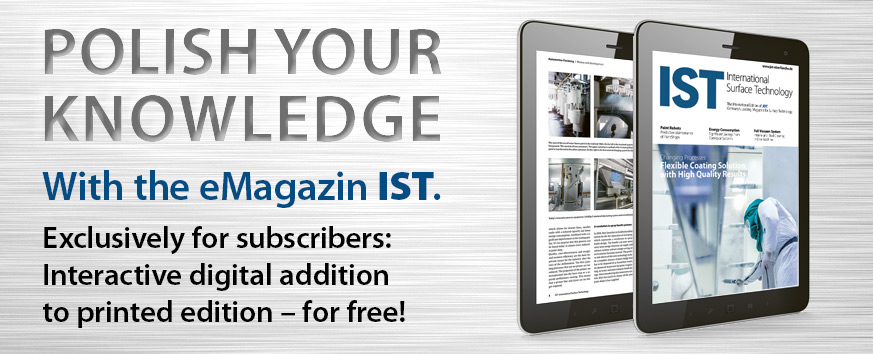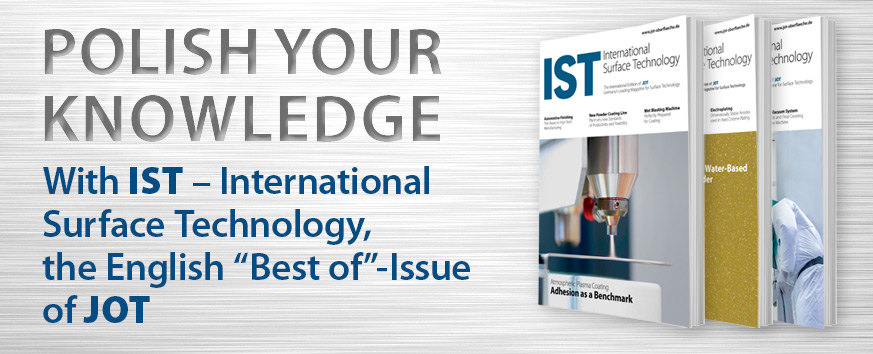The need for everyday items with antiviral surfaces is great due to the COVID 19 pandemic. The length of time that viruses can survive without a host cell depends on many factors. Above all, ambient temperature, humidity, UV radiation as well as material composition and surface properties have a significant influence. Although the amount of detectable viruses decreases under all experimental conditions, studies also show that the materials remain infectious for very different lengths of time. While the viruses survived on plastic for up to 72 hours and on stainless steel for up to 48 hours, no viruses could be detected on copper after four hours and on cardboard after 24 hours. The aim of the research projects at Fraunhofer IFAM is to reduce the risk of infection through contact infections of everyday materials. Antiviral coatings, treatment processes or surface modifications are used for prevention. Interested companies can accompany the development work or also have their own material developments tested.
Real-time polymerase chain reaction for testing antiviral efficacy
New solutions require a reliable method for testing efficacy. Reliable, fast and precise test methods are therefore essential for the development of antimicrobial surfaces. Fraunhofer IFAM uses quantitative real-time PCR (qPCR) for this purpose. The qPCR is an amplification method for nucleic acids based on the principle of the conventional polymerase chain reaction (PCR), which additionally enables quantification of the nucleic acids obtained. The quantification of the samples examined is carried out by means of fluorescence measurements, which are recorded in real time during a PCR cycle. The fluorescence increases proportionally with the amount of PCR products. This allows the efficiency of the tested surfaces to be compared in absolute and relative terms. The detection system is also interesting for material developers from industry who want to optimise their products in terms of antiviral effectiveness.
Autor(en): Wi

